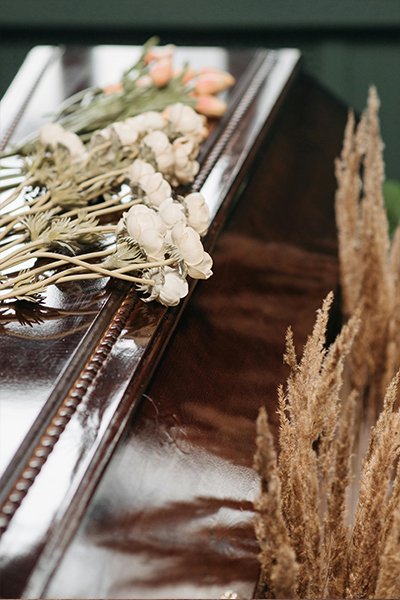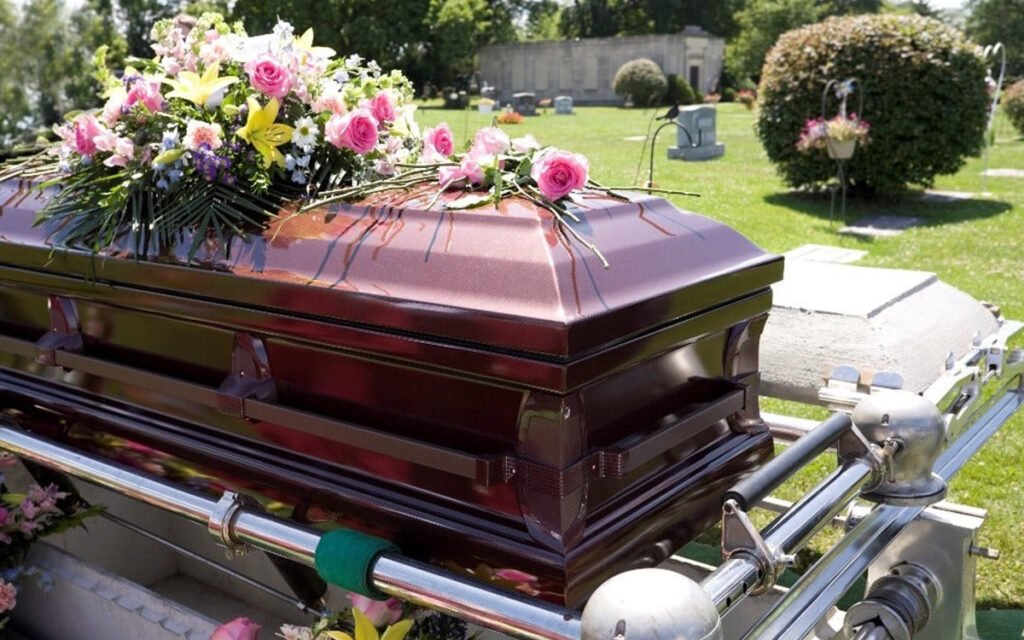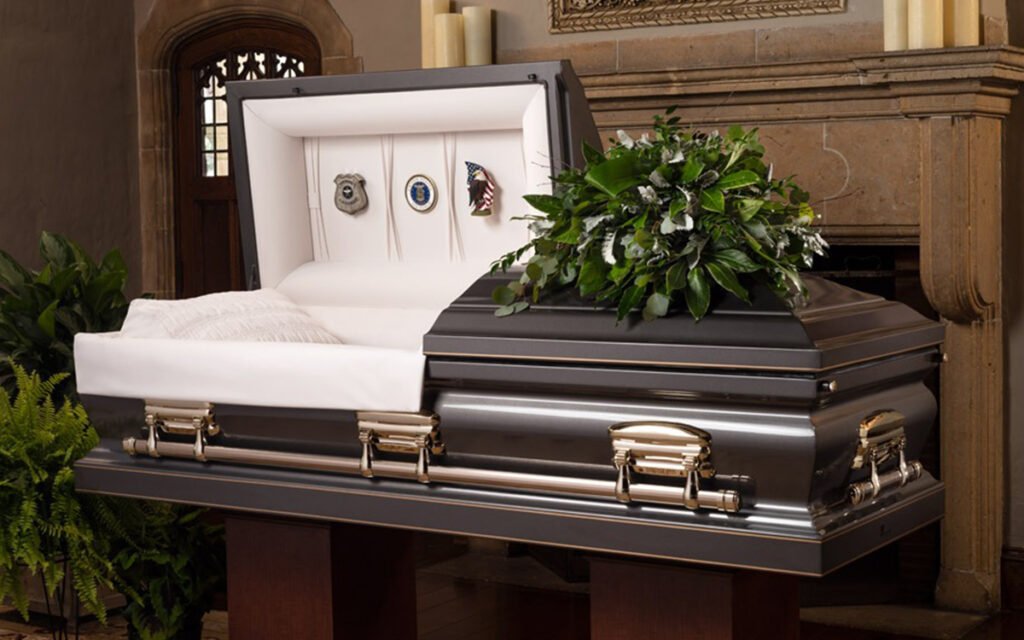The coffin has long been a symbol of finality, tradition, and cultural expression. While its primary purpose remains tied to funerary practices, its design, materials, and even symbolism have evolved to reflect both practicality and creativity. This article explores four key questions about coffins—why they are expensive, the use of wicker designs, the role of coffin wax, and their average weight—while weaving in modern innovations like wood coffin dimensions, custom finishes, and unconventional applications such as coffin-shaped guitars and glass coffin coffee tables.

Why Are Coffins So Expensive?
The cost of a coffin often surprises people, but multiple factors contribute to its price. First, materials play a significant role. Traditional wood coffins, for example, require high-quality timber like oak, mahogany, or walnut, which are durable but costly. Wood coffin dimensions also influence pricing: larger sizes demand more material and labor. Additionally, custom finishes—such as hand-polished veneers, intricate carvings, or personalized engravings—add artistic and labor costs.
Modern manufacturing standards further elevate expenses. Coffins must meet structural requirements to ensure dignity during transport and burial. Metal-reinforced corners, waterproof seals, and weight-bearing handles all contribute to functionality but also raise production costs. Finally, the funeral industry’s pricing models, which often bundle services, can inflate perceived coffin prices.

Why Use a Wicker Coffin?
Wicker coffins have gained popularity as eco-conscious alternatives. Made from biodegradable materials like bamboo, willow, or rattan, they decompose naturally, minimizing environmental impact. Their lightweight design (typically 15-25 kg) simplifies transport and aligns with “green burial” trends. Aesthetically, wicker coffins offer a rustic, organic appeal, often paired with custom finishes like floral linings or natural dyes.
Interestingly, wicker’s versatility extends beyond burials. Designers repurpose similar weaving techniques for wood coffin shelves—decorative storage units that mimic coffin shapes—or even metal coffin shelves for industrial-themed interiors. This blend of sustainability and adaptability makes wicker a compelling choice for both functional and symbolic purposes.

What Is Coffin Wax?
Coffin wax, historically called “sealing wax,” was used to preserve bodies and slow decomposition. Composed of beeswax, resin, and sometimes animal fat, it created an airtight seal around the coffin. While modern embalming techniques have largely replaced this practice, coffin wax remains a niche product for restoration projects or historical reenactments. Its symbolic role in sealing the deceased’s journey persists in some cultures.
How Heavy Is a Coffin in kg?
Coffin weight varies by material and size. A standard wood coffin weighs 90-150 kg, depending on wood coffin dimensions and timber density. Metal caskets, often steel or bronze, range from 180-270 kg. Wicker and cardboard coffins are lighter (15-50 kg), while glass or acrylic designs—like a glass coffin coffee table—can exceed 200 kg due to structural reinforcement. Weight considerations affect burial logistics, cremation costs, and even avant-garde furniture designs.

Coffins Beyond Tradition: Modern Reinventions
The coffin’s iconic shape has inspired unconventional applications. Musicians, for instance, embrace coffin-shaped guitars as symbols of rebellion and gothic aesthetics. These instruments, often crafted with custom finishes like blood-red lacquer or silver inlays, merge mortality themes with artistic expression.
In interior design, wood coffin shelves and metal coffin shelves add edgy storage solutions, while glass coffin coffee tables become macabre conversation pieces. These items retain the coffin’s silhouette but subvert its somber connotations, proving its adaptability as a cultural motif.

Conclusion: The Coffin’s Enduring Legacy
From burial rituals to avant-garde design, the coffin remains a powerful symbol of transition and creativity. Its expense reflects craftsmanship and material quality, while innovations like wicker designs and custom finishes highlight evolving priorities. Whether as a coffin-shaped guitar, a glass coffin coffee table, or a functional wood coffin shelf, this timeless form continues to shape both solemn traditions and imaginative reinventions. The coffin, in all its iterations, bridges the past and present—a testament to humanity’s enduring fascination with life, death, and artistry.





